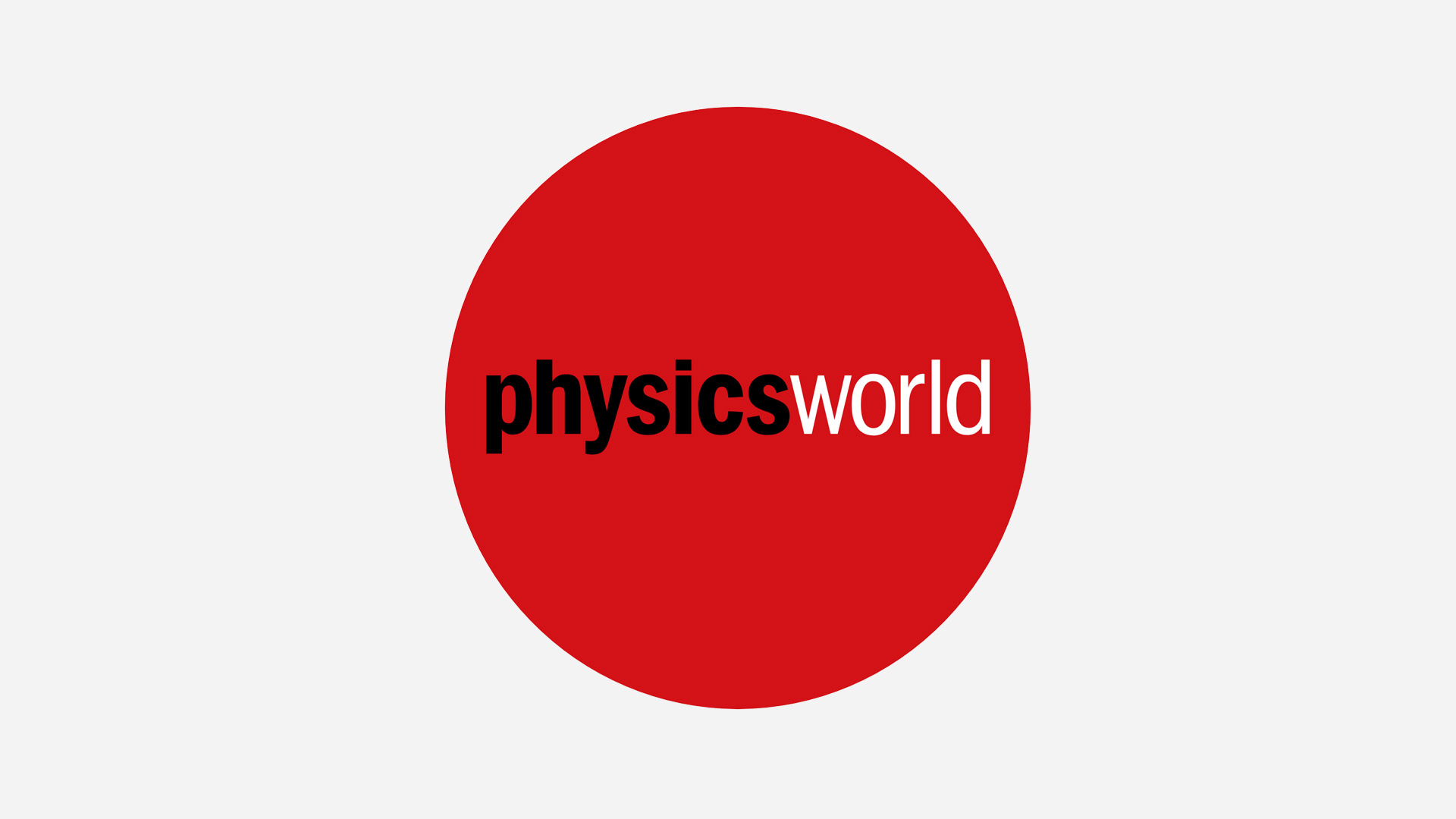Top Livermore physicist resigns
Campbell left his position last Friday after a series of anonymous faxes was sent to officials at the Department of Energy (DOE) saying that he did not have a doctorate degree. Although Campbell finis...
 Read article: Top Livermore physicist resigns
Read article: Top Livermore physicist resigns

